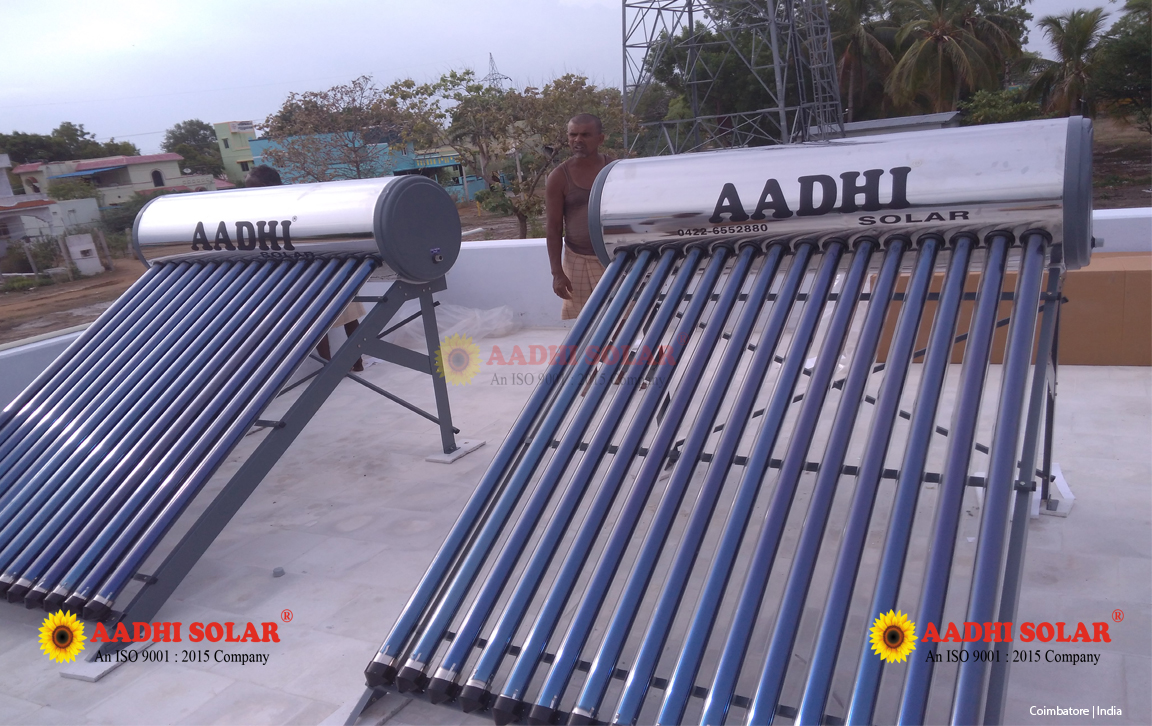 When it comes to installing a solar water heater, choosing the right location for the unit is essential for maximizing the system's efficiency, functionality, and overall performance. Here are some key factors to consider when selecting a roof location for your solar water heater installation.
When it comes to installing a solar water heater, choosing the right location for the unit is essential for maximizing the system's efficiency, functionality, and overall performance. Here are some key factors to consider when selecting a roof location for your solar water heater installation.
- Unshadowed Sunlight: The primary goal of a solar water heater is to harness solar energy and convert it into warmth. Therefore, the roof location must receive direct, unobstructed sunlight throughout the day. Ideally, a south-facing aspect with minimal shading would be ideal. Walls can cast shadows on the solar collector, reducing its efficiency.
Adequate Space: A suitable location must have ample of space to accommodate the solar water heater system. The system typically consists of the solar collector, tank, pump, and connections. The roof should be able to hold the weight of the system, and any additional components necessary to ensure smooth operation.
Load-Bearing Integrity: A solar water heater's weight and design can exert significant stress on a roof's structural components. To prevent any possible issues, it is essential to assess the roof's capacity to hold the weight of the system. Consult a qualified specialist to ensure the roof structure is sound enough to support the thermal expansion and contraction associated with the system's operation.
Roof Type: Different types of roofing materials, such as pitched, have various requirements and needs. For a
solar water heater installation, a flat roof can be the best option, as long as it can conveniently support the additional load of the heat exchanger unit.
Safety and Accessibility: The roof location must also respect workplace safety measures. Installers should have secure safe walkways to prevent falls. Adequate access to the roof via an elevator or staircase will help in smooth maintenance.
Visual Cues: Today's solar water heaters come in various shapes and sizes, with modern units often designed to blend seamlessly with a home's architecture. You should consider the roof's appearance after installation, as an inconspicuous integration with building features would add utility to the system's functionality.
Local Building Regulations: Finally, be sure to check your local codes and building permits before going forward with the installation. Insure that the design and materials meet building codes for multi-family building applications.
Identifying a suitable roof location for a solar water heater involves careful consideration of various factors such as space, roof type, safety, aesthetics, and planning, building, and plumbing regulations. With proper planning, you can ensure a well-designed solar water heater system capable of providing you all the warmth you need.

 When it comes to installing a solar water heater, choosing the right location for the unit is essential for maximizing the system's efficiency, functionality, and overall performance. Here are some key factors to consider when selecting a roof location for your solar water heater installation.
When it comes to installing a solar water heater, choosing the right location for the unit is essential for maximizing the system's efficiency, functionality, and overall performance. Here are some key factors to consider when selecting a roof location for your solar water heater installation.

Reviews